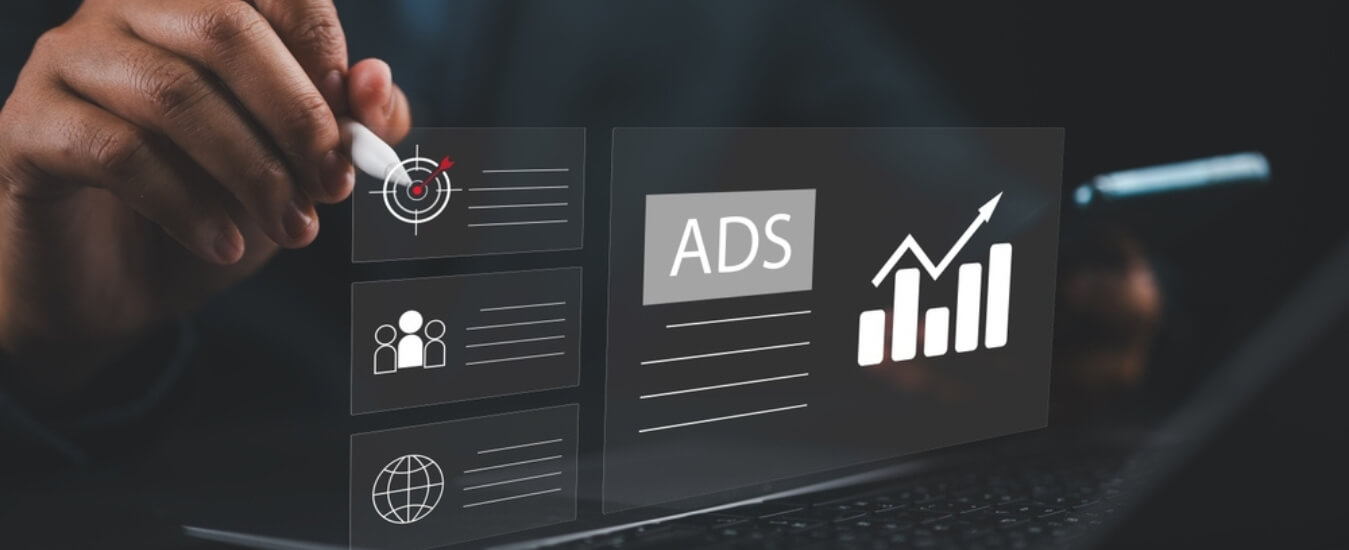
In this article we will outline solutions to some key challenges that businesses face while implementing business intelligence and reporting.
Making informed, data-driven decisions in today’s fast-paced corporate world requires quick and accurate production of reports, and also inclusion of predictive analytics to better prepare for the right strategy.
First, let’s look at the major challenges that companies deal with reducing the efficacy of their business intelligence (BI) initiatives:
Key Challenges:
- Delayed Reporting:
Gathering and processing data manually or through outmoded systems leads to delays, which can inhibit decision-making when time is important.
Often data is gathered from multiple systems. Many of these systems send data in batch, and it takes time to reconcile data quality issues and consolidate the data for reporting.
- Frequent KPI Changes:
Key performance indicators (KPIs) and metrics are not often determined holistically. As a result, the reports are frequently changing. Further more, a lot of manual work is needed even once a dashboard or report is produced because building them into the report was not thought of earlier.
- Self-Service Capability
While a foundational set of KPIs and metrics are important, business requirements often change due to inherent variations in the way business is done. New dimensions are always needed. In the absence of self service, each such change takes time and causes delays due to IT bottlenecks. As a result, business and operational agility is compromised.
Here are three best practices that, when combined with improved use of BI tools and processes, can assist assure accurate and timely reporting in order to solve these concerns.
1.Automate Data Collection and Monitor in Real Time
Reporting can be considerably slowed down and inaccuracies and delays can be introduced by manual data collecting. Using ETL (Extract, Transform, Load) or ELT frameworks to automate data collection is the most effective way to do this. This guarantees the smooth transfer of data into a centralized repository from several sources.
Real-time data monitoring systems not only automate data gathering but also allow you to follow critical indicators in real-time, providing decision-makers with timely access to critical information and cutting down on report production lag time.
Case:
We helped a worldwide retail chain automated its data collection operations across departments such as sales, inventory, and production. The company’s report generating time was reduced by 40% with the integration of real-time dashboards, enabling them to make more informed decisions more quickly during periods of high demand.
Statistics:
By 2025, 75% of businesses want to use real-time data processing, which will greatly increase the effectiveness of decision-making.
Source: Gartner. “Predicts 2025: The Future of Data Management in a Post-COVID World.” Gartner Research.
2.Leverage Standardized and Self-Service Reporting
Inconsistent report formats and a reliance on data teams for fundamental analysis are common causes of reporting bottlenecks. Non-technical workers can create reports that are customized to meet their needs by utilizing self-service BI tools and conventional reporting templates. This expedites the reporting process and lessens the effort for data teams.
Business users may examine data and create personalized reports that are in line with evolving KPIs by using self-service technologies, which provide them with access to current insights without requiring IT assistance.
Case
Priorise deployed self-service BI tools for a multinational electronics firm, allowing the sales and logistics teams to create reports independently. The organization achieved a 50% reduction in reporting time by implementing uniform templates across divisions, resulting in quicker and more precise decision-making.
Statistics
A study by Forrester found that 67% of companies using self-service BI tools experienced significantly faster decision-making, with improved business alignment. Source: Forrester. “The Total Economic Impact of Self-Service BI Solutions.”
3.Implement Proactive Reporting with Advanced Analytics and AI
Modern BI ought to assist companies in staying ahead of the curve rather than being reactive. Businesses may anticipate future events, proactively identify trends, and identify possible problems before they become problems by utilizing advanced analytics and AI. AI can provide useful insights, automate anomaly detection, and automatically align reports with updated KPIs.
Predictive analytics and machine learning models, for instance, can foresee shifts in customer behaviour, inventory, or sales, assisting organizations in taking proactive measures as opposed to waiting for problems to occur.
Case:
To prevent equipment failures, Priorise helped a logistics company use AI-driven predictive maintenance solutions. This proactive approach cut downtime by 20%, allowing the organization to retain operating efficiency and reduce maintenance expenses.
Stat:
McKinsey reports that businesses leveraging AI for proactive reporting see a 10% reduction in operational costs through improved forecasting and decision-making.
Source: McKinsey & Company. “How AI Can Streamline Operations and Reduce Costs in Manufacturing.”
Conclusion: Optimizing BI for Timely and Accurate Reporting
When it comes to providing accurate, timely information, many organizations have similar difficulties. Businesses can optimize business intelligence (BI) procedures, match reporting objectives with business objectives, and accelerate decision-making by utilizing AI-powered advanced analytics, automating data collecting, and establishing self-service and standardized reporting.
At Priorise, we’re experts at using state-of-the-art BI solutions to help businesses optimize their data strategy. Speak with us right now to see how we can streamline your reporting procedures and hasten the decision-making process.

Nilabh Bajpai
Business Head-Priorise
40+ Years as IT Industry Front-Runner & Leader
Related Posts
Choosing Between Data Scientist Staff Augmentation, Managed Services, and Consulting for Data Science Projects
Data science projects often stumble not because of algorithms, but because of execution models. The…
Retail Analytics in Action: Improving Supply Chain Intelligence, Logistics, and Demand Planning
For modern retailers, the gap between surplus and shortage is a multi-million-dollar problem. Disconnected data…
From EDA To Full-Cycle Analytics: How Data Engineering Consulting Services Drive Business Insights
With global data volumes set to hit 181 zettabytes by 2026, surface-level analysis is no…
Building an Agentic AI System with LangChain and OpenAI Functions
Agentic AI is transforming how businesses interact with artificial intelligence, shifting from reactive tools to…










